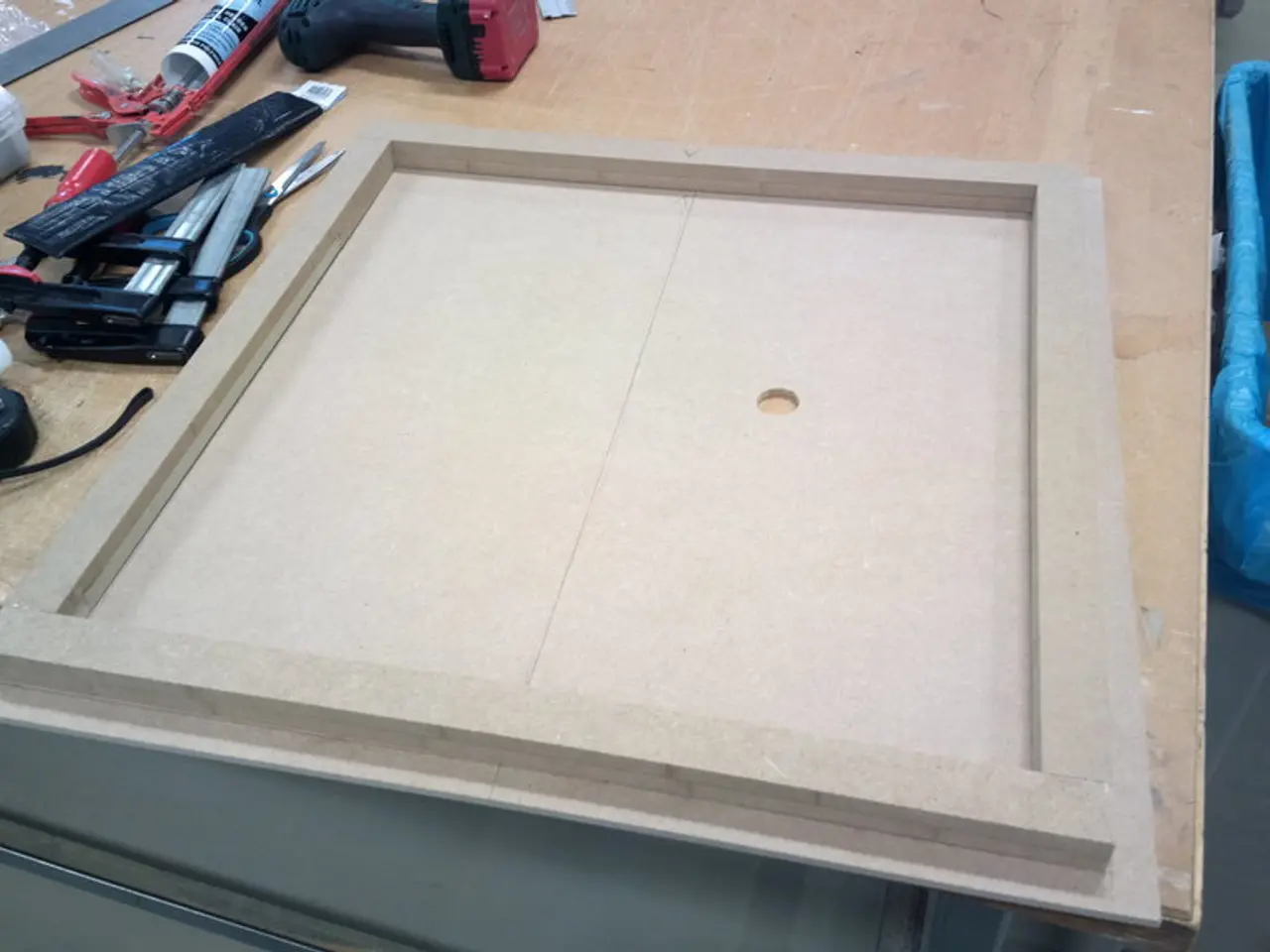Home Safety Measures During Seizures: A Guide for Personal Action
Living with a seizure disorder can present unique challenges, especially when it comes to everyday activities. To reduce the risk of injury and improve safety, it's crucial to take certain precautions at home. Here are some recommendations for various areas of the house:
General Precautions Around the Household:
- Clear the environment of hard or sharp objects to prevent injury during a seizure.
- Avoid restricting or holding down the person during a seizure.
- Do not put anything in their mouth.
- Place a soft object under their head if they fall to the floor.
- Loosen tight clothing around the neck to aid breathing.
- After jerking movements stop, turn the person onto their side to prevent choking.
- Note the time the seizure starts and ends to know if emergency help is needed (e.g., seizure lasting more than 3-5 minutes).
In the Bathroom:
- Closely supervise bath time, especially for children or vulnerable adults, to prevent scalding or drowning.
- Set bath water temperature controls to avoid hot water exceeding safe temperatures; water at 55°C can cause scald injuries in about 30 seconds.
- Consider installing anti-scald devices or thermostatic mixing valves to regulate water temperature safely.
In the Kitchen:
- Remove or secure sharp utensils and hot appliances to minimize injury risk if a seizure occurs.
- Avoid leaving hot liquids or cooking appliances unattended.
- Store cleaning supplies and chemicals securely to avoid accidental ingestion or contact.
In the Bedroom:
- Remove dangling cords from lamps, electric blankets, and avoid unattended candles, which pose burn or strangulation risks.
- Consider using a bed rail or placing the mattress low to the ground to reduce fall injury.
- Keep the sleeping area clear of clutter and hazards.
Additional Considerations:
- Minimize seizure triggers related to environment, such as flashing or flickering lights.
- Limit screen brightness and use settings that reduce flashing content if photosensitive epilepsy is a concern.
- Caregivers should be trained to respond calmly and effectively during a seizure and know when to seek emergency care.
In addition to these home precautions, individuals who experience seizures should also manage their condition effectively. This includes taking medications as prescribed, being aware of potential interactions with other medications, and being mindful of side effects. It's essential to consult a doctor before starting any new medication or supplement.
For those with seizure disorders, it's crucial to be aware of potential hazards in the environment and avoid them. This includes wearing a life jacket while swimming or taking part in water sports, sitting or standing far away from open sources of heat, and ensuring the person can breathe easily during a seizure.
Remember, a seizure is a symptom of an underlying condition, not a disease. If you or someone you know is in crisis and considering suicide or self-harm, seek support by calling or texting the 988 Lifeline at 988 or chat at 988lifeline.org, texting HOME to the Crisis Text Line at 741741, calling 911 or your local emergency services number if you feel safe to do so, or finding a helpline in your country with Befrienders Worldwide.
By following these precautions and management tips, individuals with seizure disorders can significantly reduce the risk of injury and live safer, more secure lives at home.
Continue managing health-and-wellness by taking medications as prescribed and being aware of potential drug interactions and side effects, consulting a doctor before starting any new medication or supplement. To maintain mental-health, it's important to seek support in a crisis, such as calling the 988 Lifeline or Crisis Text Line, or finding a helpline in your country, if you or someone you know is in need. In addition to these steps, it's vital to keep the home environment safe for those with epilepsy seizures by implementing general precautions, adjusting the bathroom, kitchen, bedroom, and taking additional considerations to minimize seizure triggers and accidents. Home safety practices can contribute to a safer, healthier life for individuals with seizure disorders.




